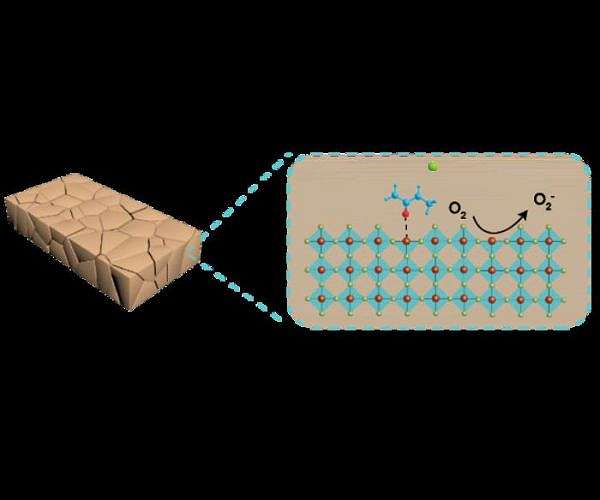Effect of sulfur composition on Lightfulfide for improving the performance of solar cells
Solar cells convert sunlight into clean energy – but if the solar cells themselves are made of toxic materials, it almost beats the goal. That is where Tin Sulfide (SNS) enters. SNS is an environmentally friendly, natural abundant and relatively cheap semiconductor material that is a promising candidate for use in solar cells and thermo -electric conversion devices.
To improve the performance in these applications, researchers from the University of Tohoku systematically investigated how abnormalities in the 1: 1 ratio from SN to S to the electrical properties and morphology of SNS influence thin films. Until now, achieving a precise compositive control of this ratio during the deposition of thin film was a major challenge because of the high volatility of sulfur.
The research team, led by Issei Suzuki (Senior Assistant Professor) and Taichi Nogami (PhD student), developed a new sulfur plasma-supported sputtering method to accurately control the sulfur content in SNS Dunne films. With conventional sputtering, a SNS sintered target is assisted and deposited on a substrate. In this study, the researchers introduced Plasma-acted sulfur in this process, making it possible to make precise composition control of SNS. With the help of this approach they manufactured P-Type SNS thin films with SN: S ratios of 1: 0.81, 1: 0.96, 1: 1 and 1: 1.04 and analyzed their structural and electrical properties.
“We found that even changing the composition of SN and S significantly influenced the morphology,” Suzuki explains. In particular, the study showed that sulfur-rich compositions (S> 50%) lead to a drastic increase in carrier density, while sulfur-deficient compositions (s <50%) show almost no change in carrying density. In addition, non-stoichiometric films showed raw and porous morphologies, while stoichiometric SNS thin films (1: 1) showed a dense structure with high hole gap mobility, making them very suitable for solar cell applications.
This research emphasizes the crucial importance of precise sulfur content control in thin SNS films and offers valuable insights for improving their electrical performance and structural integrity. This builds on earlier findings by Suzuki and Nogami et al. That investigated a different type of thin SNS film. These findings are expected to contribute to the practical application of SNS in energy conversion devices of the next generation.
“The next step will be to integrate these optimized SNS thin films into very efficient solar cells,” says Nogami, “We want to refine their performance and scalability, so that it can be used to generate clean energy and help fight climate change.”
Research report:Non-stoichiometry in SNS: how it affects thin-film morphology and electrical properties


